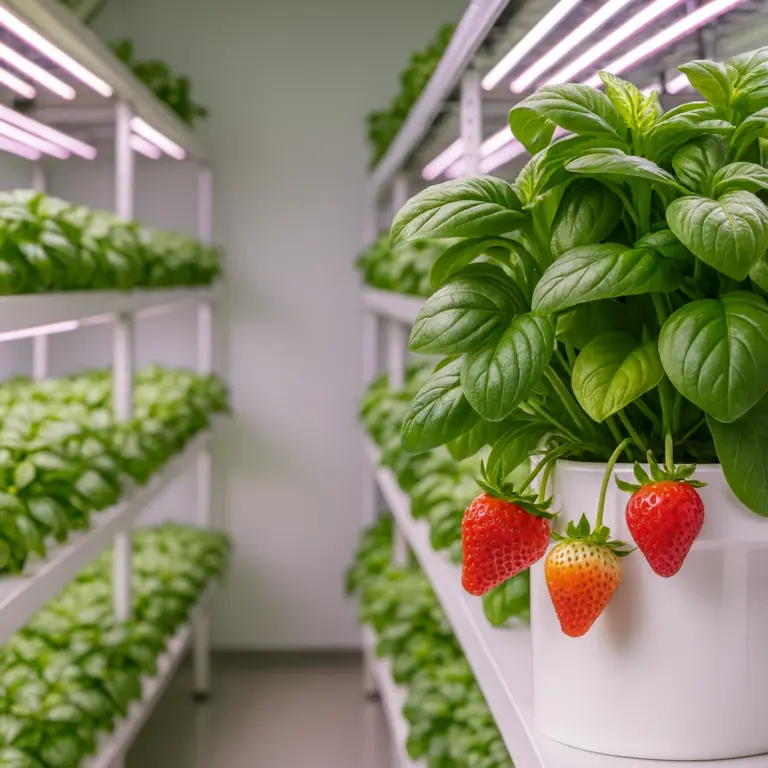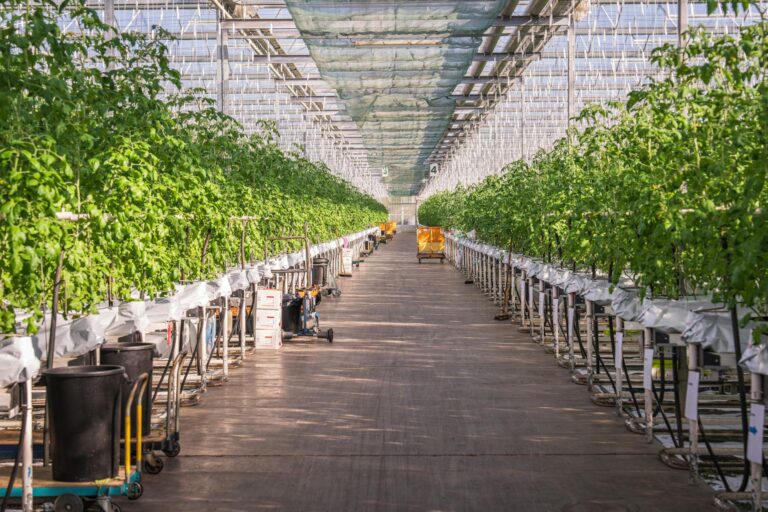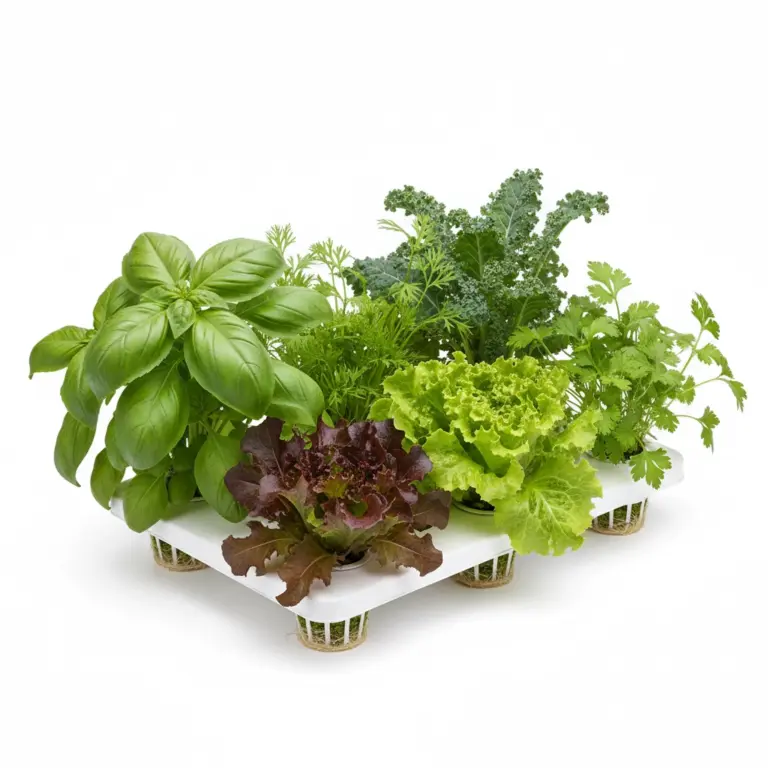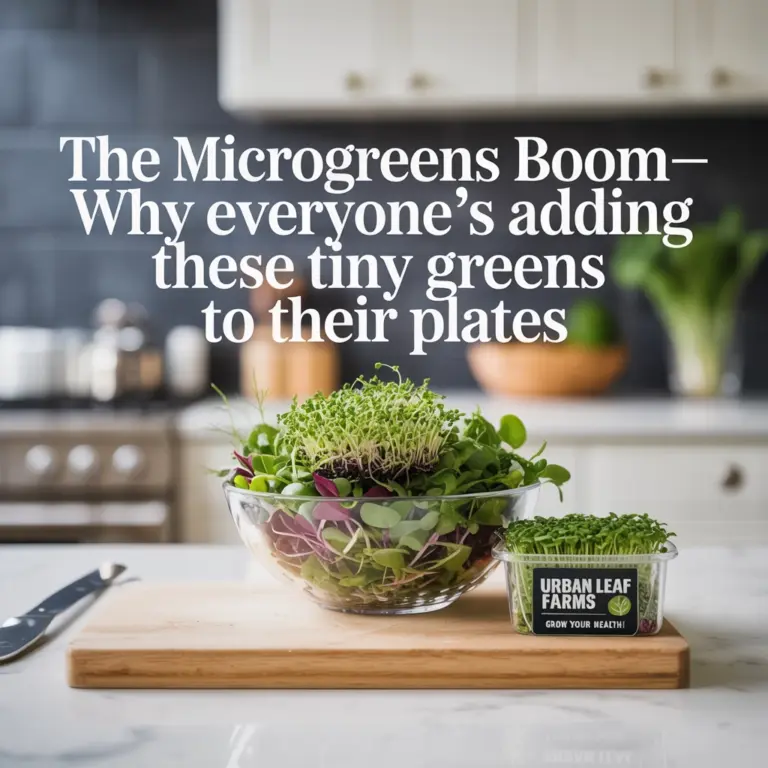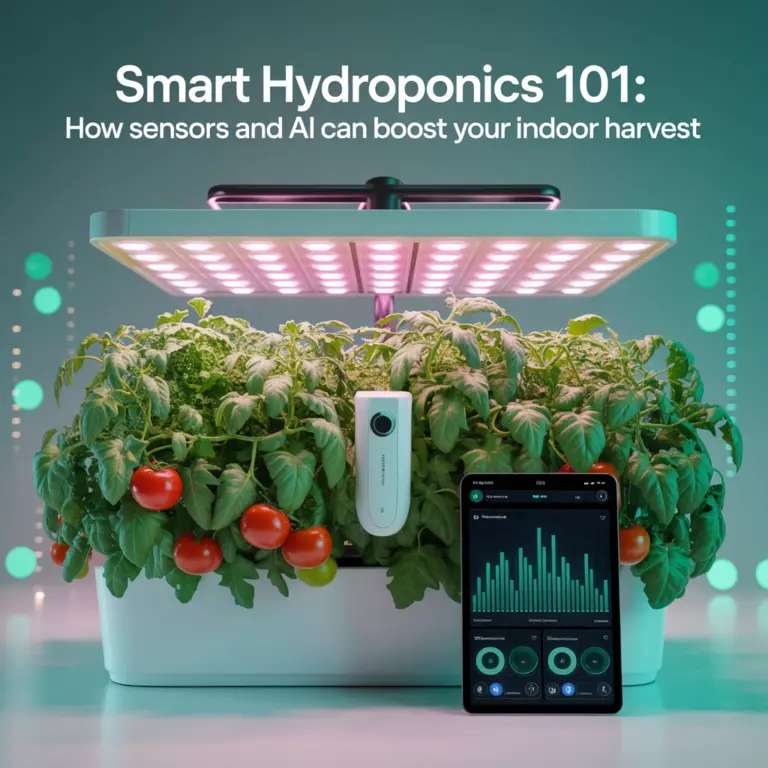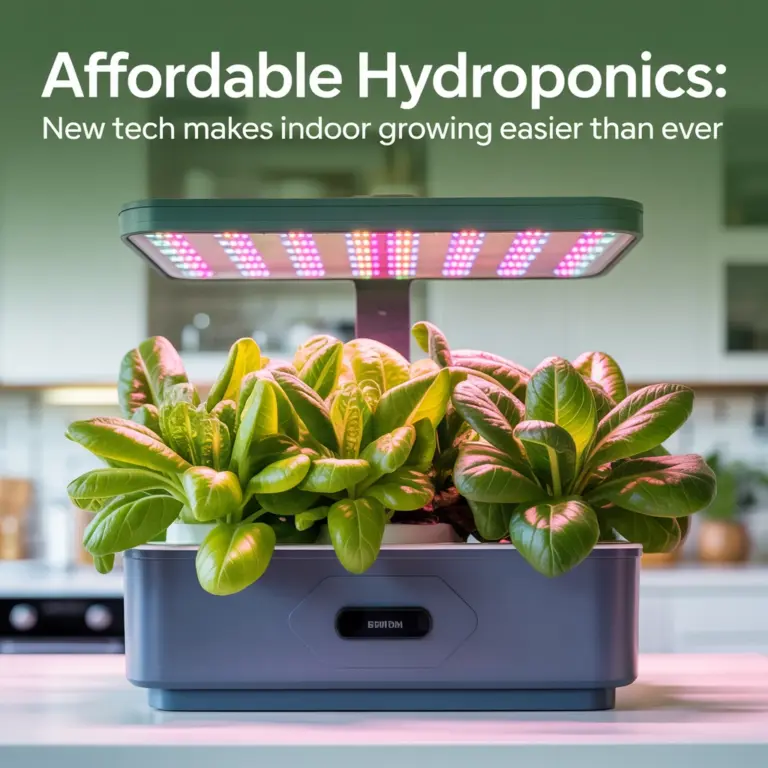Growing Smarter: How Schools and Communities Are Using Hydroponics for Education
In schools and community centers across the country, something fresh is growing—literally. Hydroponic education programs are springing up everywhere, turning classrooms, cafeterias, and borrowed corners into thriving, engaging green spaces. These aren’t your average school gardens. Instead, they’re high-tech, hands-on learning hubs where students and community members grow confidence, curiosity, and real-world skills alongside fragrant herbs and leafy greens.
Curriculum Integration Across Academic Subjects
Hydroponic systems are the Swiss Army knives of education—they fit neatly into just about every subject you can name. Science class turns lively when students can actually see root systems in action, watch photosynthesis in real time, or investigate how tweaking pH levels impacts plant health. Suddenly, plant biology isn’t just diagrams on a worksheet—it’s sprouting up on classroom shelves.
But it doesn’t stop at science. Hydroponics brings math to life, too. When students calculate nutrient concentrations, measure water flow, or chart growth rates, algebra and statistics leave the page and become part of their everyday experience. The numbers matter—especially when it’s time to harvest or improve yields.
Social and environmental lessons take root as well. Students discuss where food comes from, what sustainability really means, and how communities can work together to reduce waste and conserve resources. These conversations go deep, sparking critical thinking about big topics like food security, climate change, and the ethics of agriculture.
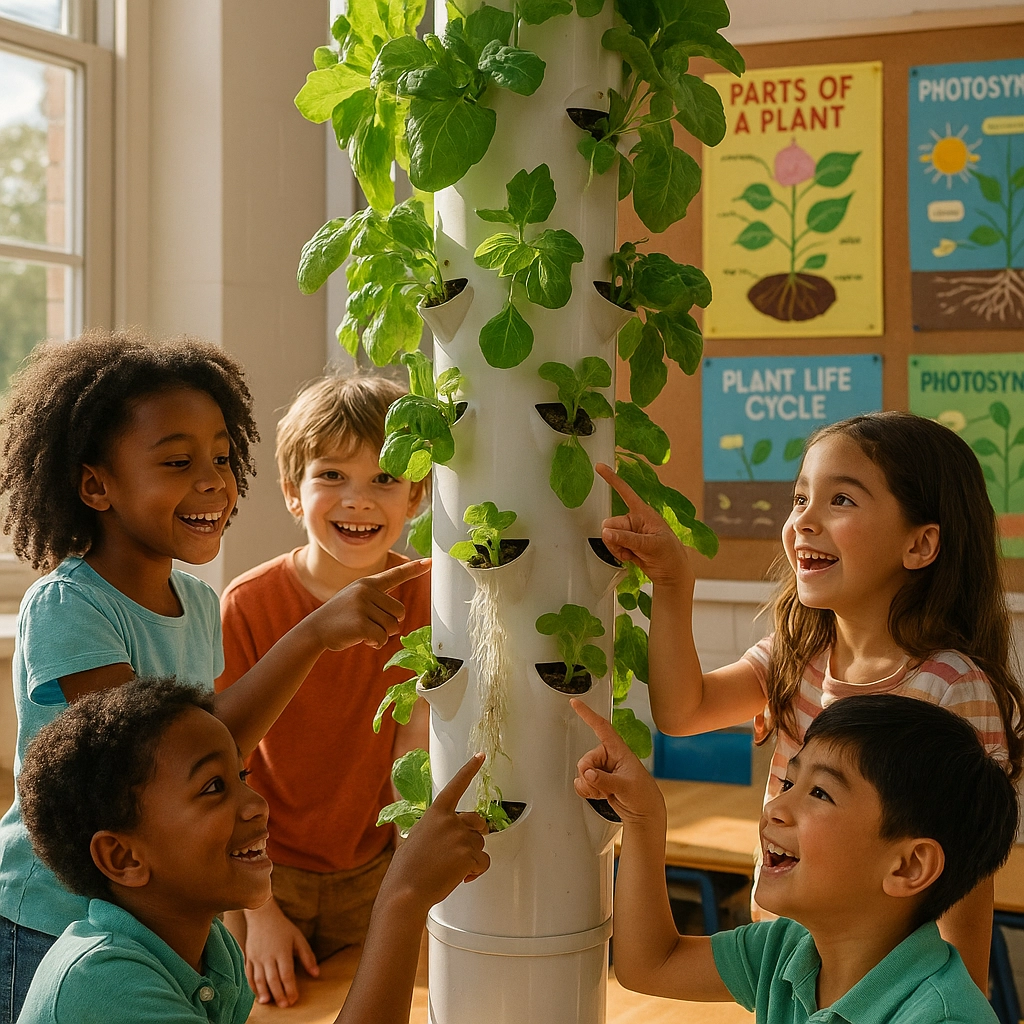
STEM Education Enhancement
Modern hydroponics blends science, technology, engineering, and math (STEM) like few other school projects can. The combination of built-in hardware (tubing, pumps, lighting systems) and digital monitoring (using sensors, data loggers, or even coding basic automations) means students can dive into hands-on experiments and see instant results.
Setting up and monitoring a hydroponic system gives learners a chance to become budding engineers and data scientists. Classes use digital tools to collect and analyze statistics on plant growth. They might tweak temperature, experiment with LED color spectrums, or try out new wiring layouts for water delivery—all practical, employable skills in a rapidly growing field. The best part? If something goes wrong, it’s not the end of the world. In fact, system hiccups are just opportunities for deeper learning and troubleshooting.
Educational Benefits and Learning Outcomes
The power of hydroponic learning extends well beyond textbook knowledge. Teachers report big jumps in student engagement—when you plant a seed, you want to see it thrive. That care and investment translates into higher participation, better comprehension, and stronger retention of core scientific and math concepts.
Pilot projects in districts from New York to California have shown impressive numbers: over 2,200 students involved, with direct, hands-on experience for nearly 2,000 of them. After introducing hydroponic projects, some schools have seen up to a 20% increase in student interest in science and gardening activities, and even adults have caught the bug. These projects foster teamwork as students share responsibilities and problem-solve together. Watching their collective work turn into a basket of crisp lettuce or a bundle of basil is a confidence boost that sticks.
The benefits ripple out—skills like critical thinking, problem-solving, and collaboration naturally flourish in these living labs. Students also develop a big-picture perspective on healthy eating, urban agriculture, and the ways technology can make food systems more resilient and efficient.
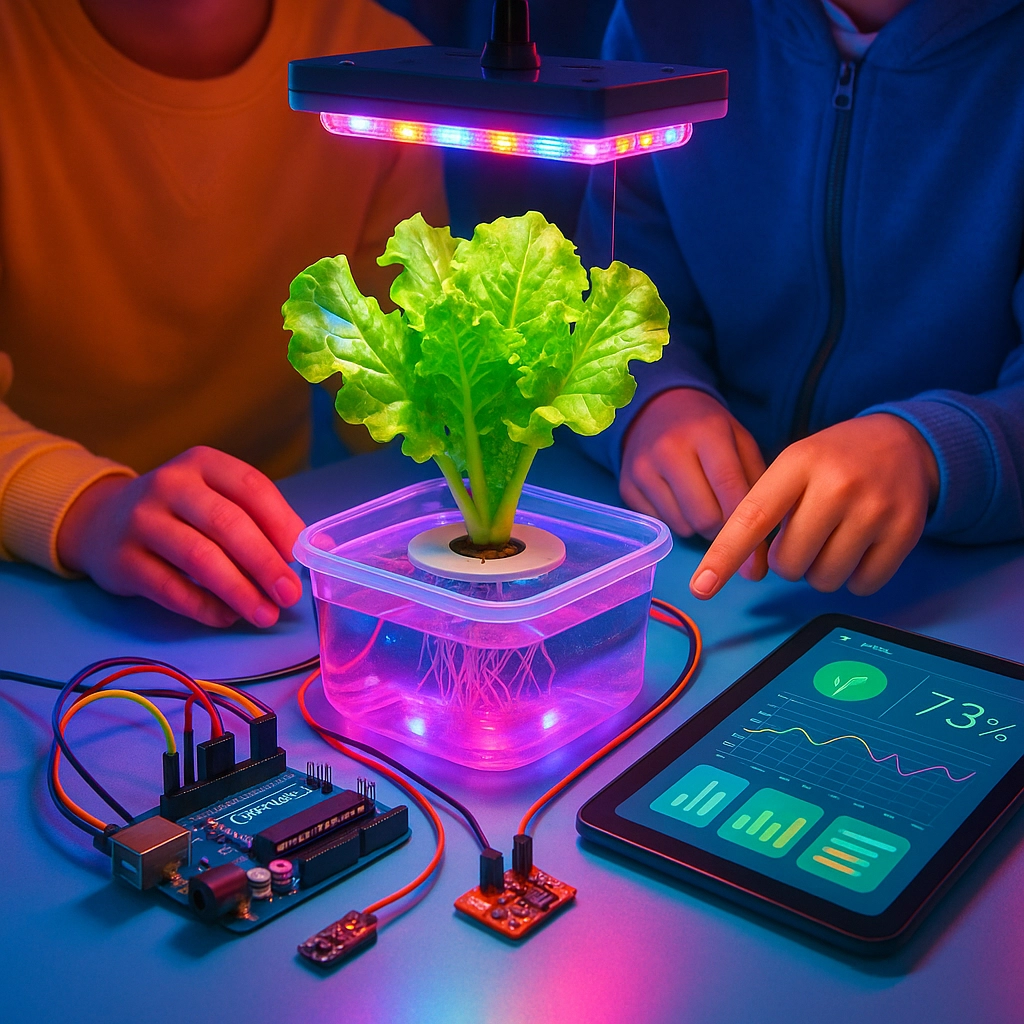
Environmental and Sustainability Education
It’s no secret that hydroponics is eco-friendly, and nowhere is that lesson clearer than in the classroom. Students see firsthand how these closed-loop systems use up to 90% less water than traditional gardens or farms—a fact that hits home in a world of drought warnings and climate anxieties. The absence of pesticides and significant reductions in food miles paint a vivid picture of how sustainable agriculture could reshape the future.
Students aren’t just learning about sustainability from a slideshow; they’re practicing it daily as they conserve resources, reuse water, and harvest hyper-local produce for their own lunches. These lessons in environmental responsibility tend to stick, fostering a new generation of eco-conscious thinkers who understand that every drop—and every decision—counts.
Social and Community Impact
Hydroponics doesn’t only grow plants—it grows connections. Inside schools, gardens become gathering places where students learn to cooperate, share, and celebrate group successes. That feeling of shared responsibility builds social skills, empathy, and even self-regulation as students care for their green charges.
Outside the classroom, projects often extend to families and the wider community. Parent nights, local workshops, and farmer’s market stands turn hydroponics into a point of pride for entire neighborhoods. Fresh produce makes its way home, improving diets and sparking conversations about healthy eating and sustainable food choices. When the whole community gets involved, the bonds are as strong as the plant roots.
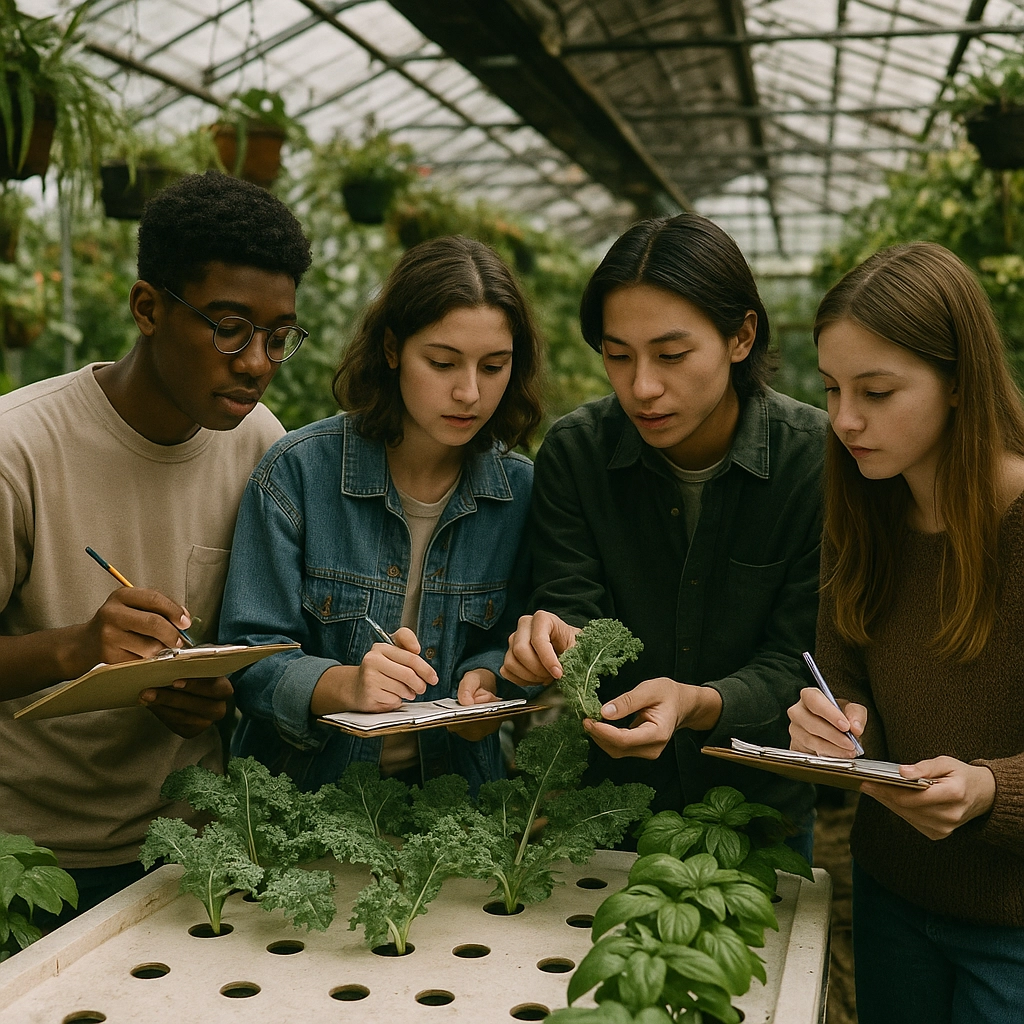
Real-World Implementation and Results
Stories of success are sprouting up nationwide. Take Cartwright Elementary, for example: integrating hydroponics into the school day helped push test scores up by 20%. Teachers praise how these living science labs make difficult concepts easier for students to grasp, especially when supported with specialized curricula and teacher training.
Schools often bring in hydroponic coordinators to get systems up and running without overwhelming staff. These specialists provide everything from virtual lessons and maintenance checklists to tailored science and health curriculum guides. The result? A program that’s sustainable, scalable, and genuinely fun.
Amidon-Bowen Elementary in Washington, D.C. is another standout, crediting their hydroponics program for transforming science class into “the highlight of the week.” These kinds of results are inspiring other communities to launch pilot projects, all backed by the clear evidence that combining hands-on agricultural education with a robust STEM curriculum yields long-lasting academic and personal growth.
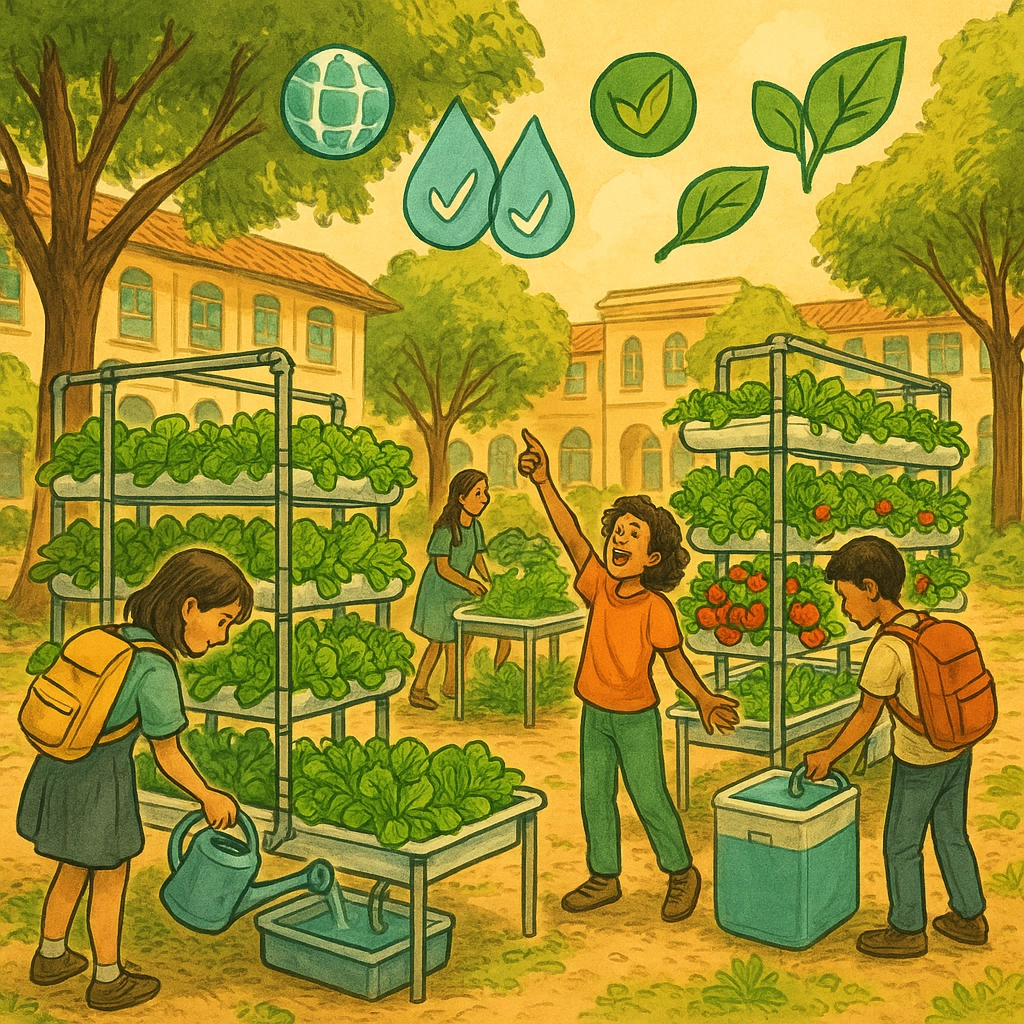
Future Prospects and Expansion
What’s next for hydroponic education? The future looks hearty. As schools gain confidence and expand their garden footprints, students are branching out into everything from tomatoes and peppers to specialty herbs and edible flowers. Cafeterias now serve student-grown salads—fresh, healthy, and full of pride.
Beyond the classroom, hydroponic know-how can inspire career choices in agriculture, environmental science, engineering, and culinary arts. The skills learned caring for a hydroponic system—problem-solving, data analysis, teamwork, and a bit of grit—set students up for success wherever they go.
With each new system and each curious student, these programs are cultivating something big: a generation ready to feed a changing world with open minds, nimble hands, and green thumbs.
